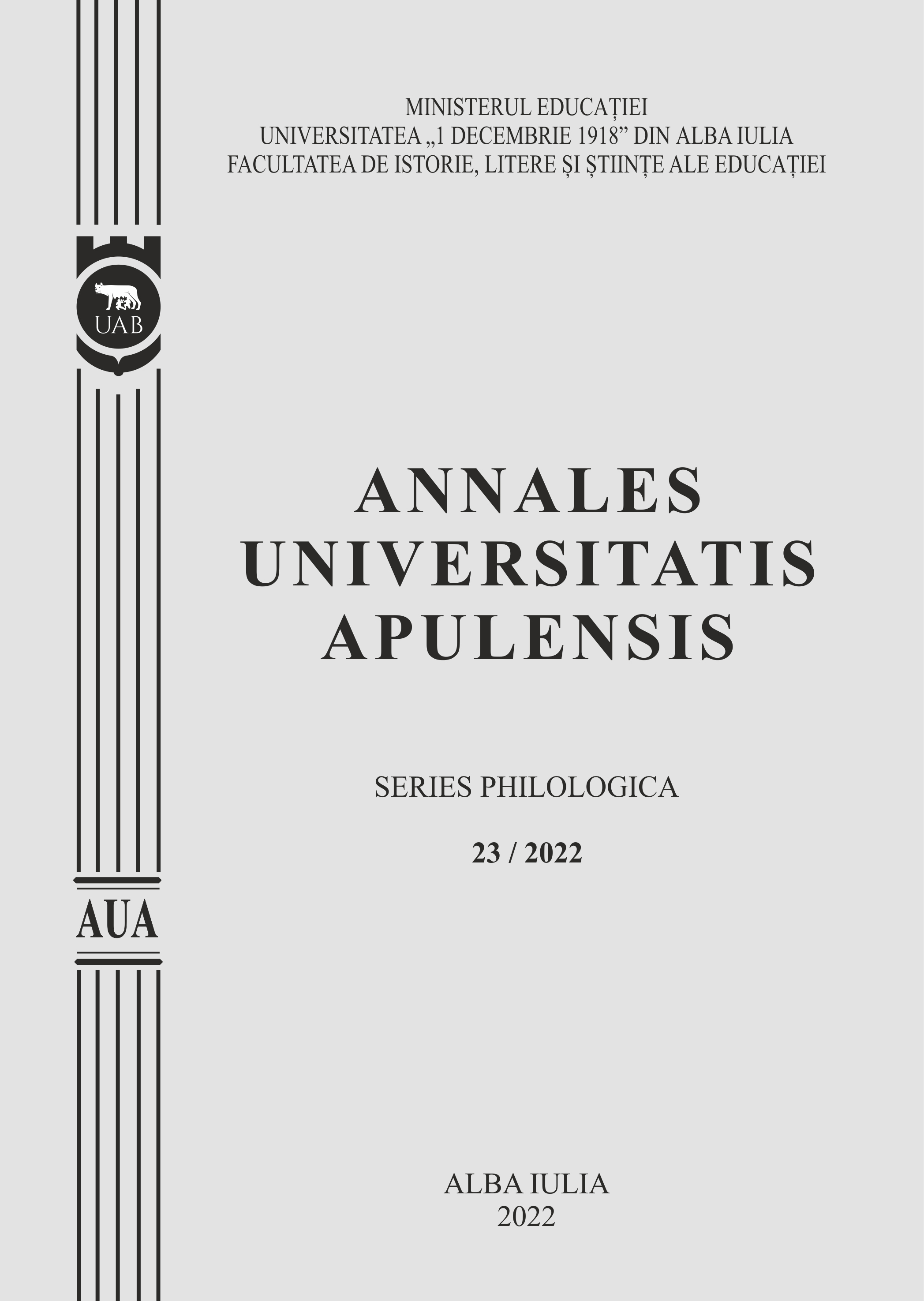ÎN CONTRA UNEI RADIOGRAFII A LIMBII ROMÂNE DE LA ÎNCEPUTUL SECOLULUI AL XX-LEA. AL. TĂLĂŞESCU – CUM S-A STRICAT LIMBA ROMÂNEASCĂ?
AGAINST A DEEP ANALISE OF THE ROMANIAN LANGUAGE FROM THE BEGINNING OF THE TWENTIETH CENTURY. AL. TĂLĂŞESCU – HOW DID THE ROMANIAN LANGUAGE BREAK DOWN?
Author(s): Adrian ChircuSubject(s): Language and Literature Studies, Cultural history, Lexis, Historical Linguistics, Pre-WW I & WW I (1900 -1919), Philology
Published by: Universitatea »1 Decembrie 1918« Alba Iulia
Keywords: Romanian culture; Romanian language; vocabulary; lexical dynamics; tendencies; old words; neologisms;
Summary/Abstract: In our study, we aim to discuss a philological and linguistic study published by Al. Tălășescu in response to an article with the same title (Cum s-a stricat limba românească?‘How was the Romanian language ruined?’), written by I.N. Lahovary and commented on by us in a previous contribution. A thorough analysis of this synthesis of the lexicon of the early 20th century helps us far better to understand what the attitude was towards old words or neologisms. Al. Tălășescu's approach is critical, mainly targeting I.N. Lahovary, who argued that the Romanian language must keep its old words, as they have special meanings and an important role in the language, many of them being part of the fundamental vocabulary. Contrary to his contemporary, Al. Tălășescu believes that a good part of the neologisms that enter the language is necessary because they nuance communication and designate certain notions or objects for which, in our language, there does not exist a term yet.
Journal: Annales Universitatis Apulensis. Series Philologica
- Issue Year: 23/2022
- Issue No: 1
- Page Range: 269-280
- Page Count: 12
- Language: Romanian

